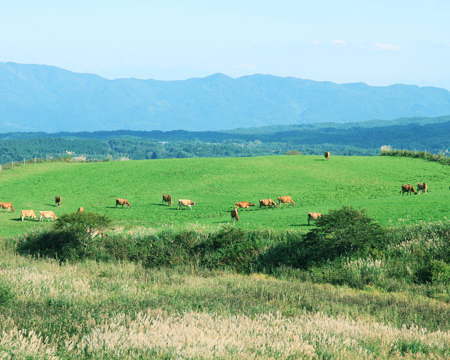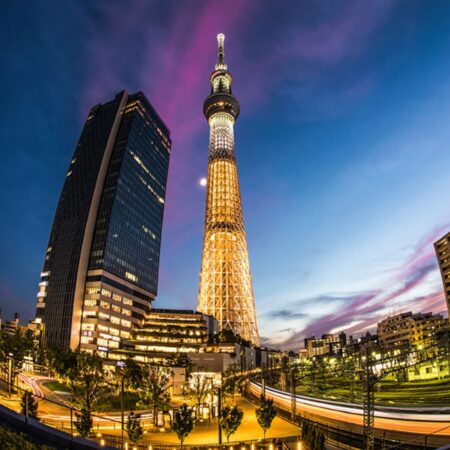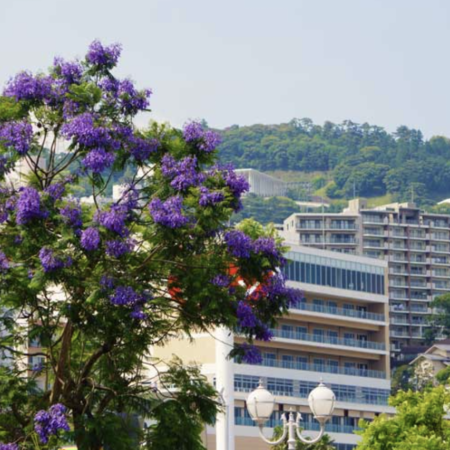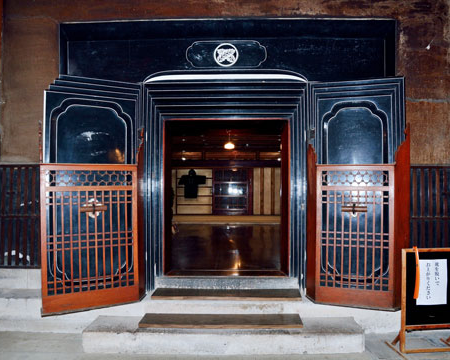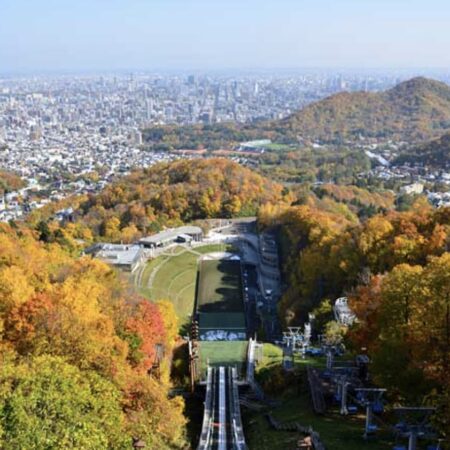Nara Prefecture

Information
Nara, an ancient city with a history of 1300 years.
Surrounded by world heritage sites where you can experience the beginning of Japan.
A place where many national treasures, important cultural properties, and Buddhist statues are left.
Access
Less than an hour drive from Kyoto to Nara city.
5 MUST-SEE spots
Nara National Museum

The Nara National Museum is located in a corner of Nara Park, adjacent to Todaiji Temple, Kofukuji Temple, Kasuga Taisha Shrine, etc.
In a relaxed environment, you can experience the charm of Buddhist art and the rich history and culture behind it.
Information
Location: Nara Area 50 Noborioji-cho, Nara City, 630-8213
TEL / FAX: 050-5542-8600 (Hello Dial) / 0742-26-7218
URL: https://www.narahaku.go.jp/
Business hours: 9:30 to 17:00 (admission is 30 minutes before closing)
・ Every Friday and Saturday, only the masterpiece exhibition, special display, and special exhibition are open until 20:00 (excluding the year-end and New Year holidays).
・ Todaiji Manto memorial service ・ Kasuga Taisha Chugen Mantoro (August 15), Kasuga Wakamiya Onmatsuri Otari Ceremony (December 17), Kasuga Taisha Setsubun Mantoro (February 3) at 19:00 Open until 20:00 (Open until 20:00 if each event day is Friday or Saturday)
・ Nara Tokae Festival (mid-August) is open until 19:00 (open until 21:00 on Fridays and Saturdays)
・ Nara Rurie is open until 20:30 during the period (mid-February) (open until 21:00 on Fridays and Saturdays).
・ Open until 18:00 during the Todaiji Nigatsudo Shujikai (Omizutori) period (March 1-14) (Open until 20:00 on Fridays and Saturdays, and until 19:00 on March 12)
- In addition, the opening hours may be changed temporarily.
Holidays: Every Monday (If it is a holiday, the next day. If it is a consecutive holiday, the next day after the end.)
January 1
Deers at Nara park

The deer that live in Nara Park are wild animals designated as national natural monuments. It is by no means a domestic animal.
Wild animals are “innocent” and have no owner. However, it is illegal for an individual to be caught or hurt.
Deer are cute animals, but they can be damaged if they do not know their ecology.
Todaiji Temple

Built in the Nara period at the request of Emperor Shomu. The Great Buddha, who was created with the cooperation of a total of 2.6 million people to wish for the happiness of all things, held a grand eye-opening memorial service in 752. In 1180, most of the temples were burned down by Taira no Shigehira’s Siege of Nara, but in the Kamakura period, it was reconstructed with the promotion of Chogen Shonin. After being hit by Matsunaga Hisahide’s fire again in 1567, he was revived in the Edo period with the promotion of Kokei Shonin and others. The current view of the temple was in place by the middle of the Edo period. In the precincts, there is the Great Buddha Hall where the sitting statue of Roshana Buddha, which is famous as “The Great Buddha of Nara”, is enshrined. Many national treasure buildings such as Nigatsudo, which was rebuilt during the period, are lined up. In December 1998, it was registered as a World Heritage Site as “Historic Monuments of Ancient Nara”.
Information
Location: Nara Area 406-1 Zoshicho, Nara 630-8587
TEL / FAX 0742-22-5511 / 0742-22-0808
URL: http://www.todaiji.or.jp/
Sect Huayan sect
Visiting time: April-October Gate opening 7:30; Gate closing 17:30
November-March Opening 8:00 and closing 17:00
Tanize Suspension Bridge

An iron wire suspension bridge that boasts one of the longest lengths in Japan.
This huge suspension bridge connecting Uenoji and Tanize is 297 meters long and 54 meters high. Surrounded by soaring deep mountains, the clear Totsukawa (Kumano River) flows under your eyes, and the view is truly spectacular!
Great location. The suspension bridge that sways and sways every time you walk is full of thrills! It’s like taking a walk in the air. It is the No. 1 tourist spot in Totsukawa Village. The Tanize Suspension Bridge, which has become a tourist attraction that represents Totsukawa Village, was originally built as a suspension bridge for daily life. It was the post-war reconstruction period of 1954, about 60 years ago. The people of Tanize used to build a log bridge over the river, but they have washed away every time the flood occurred. Therefore, the people of the Tanize village spent a large amount of money, 200,000 to 300,000 yen per household, and completed a large suspension bridge of 8 million yen, which was drastic at that time, with the cooperation of the village. It was an era when the starting salary of teachers at that time was 7,800 yen and 10 kg of rice was 765 yen. In an era when things weren’t as rich as they are now, the ancestors who invested their private property in Tanize Suspension Bridge helped each other and were very rich in heart.
Horyuji Temple

It is said that it was founded by Prince Shotoku and Empress Suiko in 607. There is a description in “Nippon Shoki” that the cathedral was burned down in Tenji 9 (670), and it is thought that the current cathedral was completed in the early 8th century. It is the oldest existing wooden building group in the world, and it still conveys its former appearance, partly because it was protected by the belief of the prince, despite the fire and natural disasters. The approach is lined with pine trees, and there is Namdaemun (national treasure) at the end of the approach. The precincts are roughly divided into Saiin and Toin, and there are 55 national treasures and important cultural properties. The whole is surrounded by a Tsukiji wall called Ogaki (important cultural property). This temple has an arrangement called the Horyuji style temple arrangement, and in the center of the temple, the Saiin temple, a five-storied pagoda (national treasure) and a Kondo (national treasure) are lined up, connecting the central gate (national treasure) and the large auditorium (national treasure). Surrounded by a corridor (national treasure). To the east, you can see the Toin Garan, where the Yumeden (national treasure) is located, after passing through the Todaimon (national treasure). In addition to the buildings, it has a large collection of excellent Buddhist art, 38 national treasures and 150 items, and about 3000 items including important cultural properties. It was registered as a World Cultural Heritage site in 1993 as a Buddhist monument in the Horyuji area.
Information
Location: Ikoma / Nobutaka / Ikaruga / Katsuragi area 1-1 Horyuji Sannai, Ikaruga-cho, Ikoma-gun 636-0115
TEL / FAX: 0745-75-2555 / 0745-75-0102
URL: http://www.horyuji.or.jp
Visiting hours: 8: 00-17: 00 * From November 4th to February 21st until 16:30

